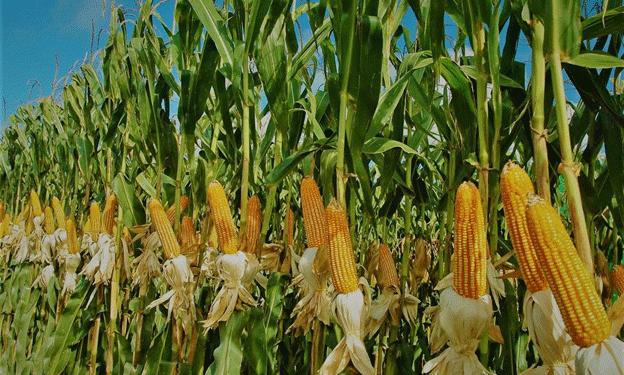Seasonal Pressures, Trade Tensions, and Geopolitical Shocks: The 2024 Corn Market Outlook
Corn prices are influenced by an intricate interplay of seasonal patterns, supply and demand dynamics, and geopolitical factors. As 2024 unfolds, both domestic and global corn markets are under pressure from ample supplies, trade concerns, and the ripple effects of the Russia-Ukraine conflict. This article examines these challenges, providing insights into current trends and potential opportunities.
Global Supply and Demand Trends
• Seasonal Supply Pressures: In the Northern Hemisphere, the 2024 corn harvest has concluded, leading to increased supply in key exporting countries like the U.S. and Ukraine. Despite this, seasonal supply pressures are gradually easing.
• U.S. Corn Exports: Recent data shows U.S. corn export figures have improved slightly due to increased technical buying and higher export demand. However, uncertainties surrounding trade policies under former President Trump’s renewed political activity could dampen export potential.
Domestic Market Dynamics in China
• Farmers’ Selling Pace: Chinese farmers are steadily releasing their harvest into the market, with 31% of crops sold as of early December, aligning with last year’s pace.
• Government Stockpiling: The announcement of increased reserves by China Grain Reserves (Sinograin) has provided support to domestic corn prices, counteracting downward pressure from seasonal supplies.
• Consumption Trends: The demand for corn in China’s feed and ethanol industries remains steady, but uncertainties in global trade could influence future demand and import patterns.
Trade and Geopolitical Uncertainties
• U.S.-China Trade Relations: Following Trump’s past presidency, fears of renewed trade tensions between the U.S. and China persist. Any shifts in this relationship could drive China to increase imports from alternative suppliers like Brazil, further pressuring U.S. corn exporters.
• Russia-Ukraine Conflict: The conflict has heightened concerns about global grain trade disruptions. While Ukraine’s role in global markets has diminished, any interruptions in its exports still have a pronounced impact on prices, particularly for wheat and corn.
Market Outlook
Short-term pressures from seasonal supply abundance are expected to ease as consumption improves marginally. Domestic and global corn prices may see fluctuations driven by geopolitical events and macroeconomic sentiment. External shocks, such as U.S.-China trade uncertainties or an escalation in the Russia-Ukraine conflict, could exacerbate market volatility.
While seasonal pressures on the corn market are gradually subsiding, geopolitical and macroeconomic factors remain pivotal. Farmers and traders should closely monitor trade policy developments and geopolitical risks to navigate price fluctuations effectively. The market’s resilience depends on balancing supply and demand dynamics amidst these challenges.
Error





